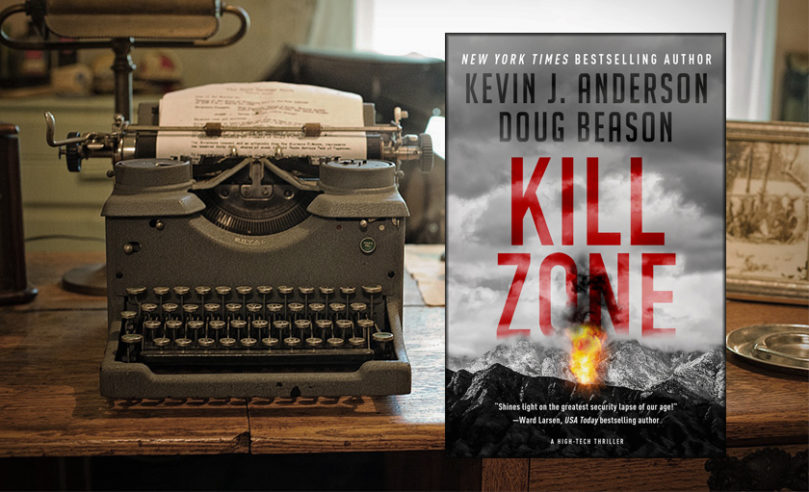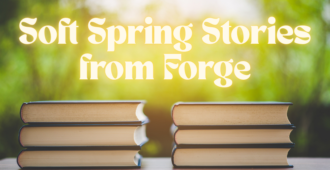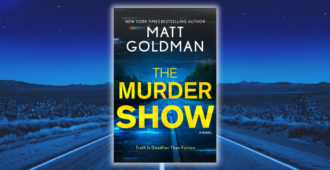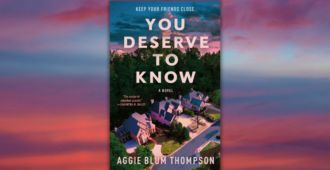By Doug Beason
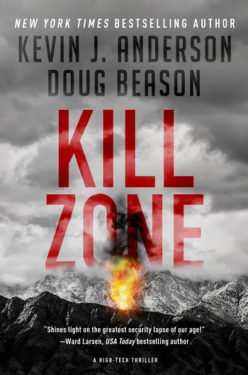 As a physicist, I’ve written far more non-fiction than novels and short stories. They’ve ranged from over 70 scientific and technical articles published in cutting-edge physics journals such as Physical Review Letters and Physics of Fluids to opinion pieces in the Wall Street Journal. I started writing fiction when I was finishing my Ph.D. as a way to relax and have a creative outlet.
As a physicist, I’ve written far more non-fiction than novels and short stories. They’ve ranged from over 70 scientific and technical articles published in cutting-edge physics journals such as Physical Review Letters and Physics of Fluids to opinion pieces in the Wall Street Journal. I started writing fiction when I was finishing my Ph.D. as a way to relax and have a creative outlet.
My background as a scientist and military officer led me to science fiction, military fiction, and science-based thrillers. It was a natural fit based on my experience forecasting futuristic scenarios and technologies, as well as my work at national laboratories, military organizations, and as White House staff.
I found I enjoyed working with a collaborator, and when Kevin J. Anderson and I first started writing, we tackled some pretty far-out, but scientifically realistic science fiction. Eventually we gravitated to thrillers, and we continued to make the novels as realistic as possible without wallowing in technical details.
I’ve found most scientists and virtually all physicists are creative, as advances in the field require looking at problems from a new perspective, and coming up with different ways to solve them. That’s how breakthroughs are accomplished; in fact, when I taught physics at the USAF Academy, I told my students as long as I could follow their logic in solving a problem, I didn’t care if they used a “textbook procedure” or not!
But the problem with that approach is that…details matter. And in fiction, too many details can bog down the story.
As a scientist, I have a tendency to delve into technical detail and describe too much, like the old westerns that spent more time talking about the horse rather than focusing on the plot. There’s a saying that if you ask a physicist what time it is, she’ll give a lecture on how to build an atomic clock. So for me, coming up with a plot, building interesting characters, making plausible scenarios and nailing down motivation is easy; I just have to watch myself when writing that I don’t spend too much time looking at the trees when I’m passing through the forest.
Although I was a physics-mathematics double major when I attended the USAF Academy, in addition to mandatory science and engineering courses, every graduate had to take 2 to 4 semesters each of Behavioral Science, English, Economics, Foreign Language, History, Law, Philosophy, Political Science, Military Studies and Officership/Leadership. So appreciating the liberal arts was not a foreign concept to me, and though I hadn’t been classically trained in writing fiction, the leap from writing about new concepts in physics to penning stories and novels was, and is, not as great as it seems.
Writing Kill Zone with Kevin J. Anderson allowed us to add his immense experience of creating alien worlds, fantastic characters and epic high fantasy to a realistic, civilization-threatening scenario. And as a result, Kill Zone’s fast-paced plot is not only full of unexpected twists and turns, but is truly based on one of the largest safety and security problems the world may be facing.
Order Your Copy:

